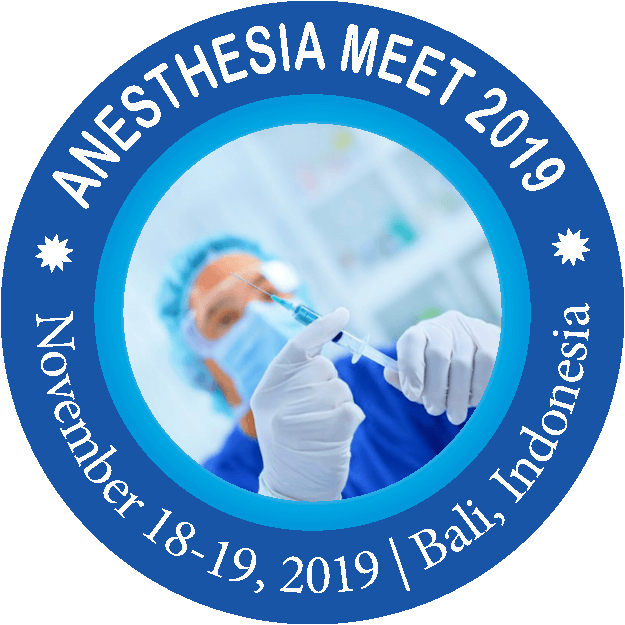
Raksha Kundal
Lady Hardinge Medical College, India
Title: Perioperative management of esophageal replacement in children
Biography
Biography: Raksha Kundal
Abstract
This surgery involves replacement of non-existent or damaged esophagus with a conduit to restore anatomic and functional continuity between mouth and gastrointestinal tract. Types of esophageal replacement procedure are gastric transposition, gastric tube, colon interposition and jejunal interposition. Indication for esophageal replacement in children are isolated esophageal atresia with long gap, caustic strictures, peptic strictures and anastomotic strictures, tumors, impacted foreign bodies and achalasia. Proper preoperative workout is needed which include assessment of airway ruling out congenital anomalies and optimization of patients. Blood and blood products are to be arranged and beta-blockers to be started in preoperative period. Premedicate and give general anesthesia and insert thoracic epidural catheter. Intraoperative concerns like pain, blood loss massive fluid shift, hemodynamic disturbances, arrhythmia and hypothermia are to be managed. Pain is managed with multimodal analgesia. Intraoperative sinus tachycardia is associated with morbidity of patients for which preoperative betablockers and intraoperative beta-blockers are used. Post-operative elective ventilation is mostly required as there is large organ (stomach) sharing space with other structures in mediastinum resulting compression of lungs and heart also there are chances of airway edema, pleural tears, pneumothorax, pleural effusion and atelectasis. Arrhythmias and hemodynamic disturbances prolonged surgery and hypothermia also require postoperative ventilation in such patients. These patients should be ventilated till heart rate and blood pressure become normal, airway pressures became normal, generates adequate respiratory rate and tidal volume and anemia and hypothermia is corrected.

